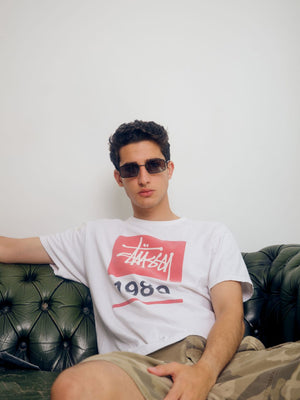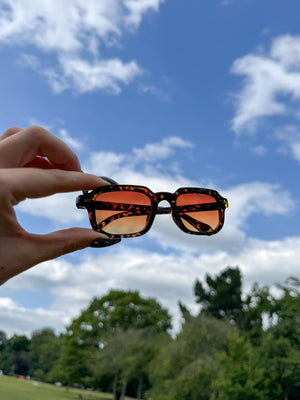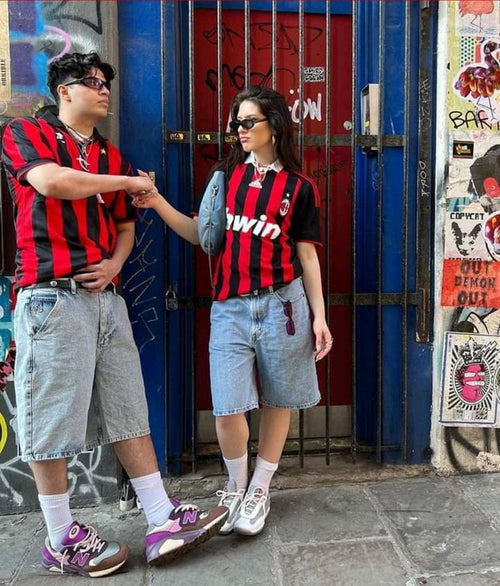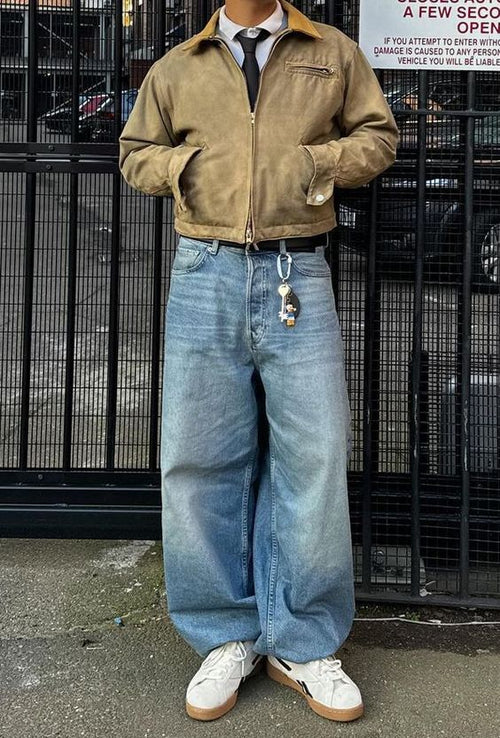
How to Spot a Fake Football Shirt: A Guide
Posted by Luke Bluemink on
Football shirts are not just garments; they are symbols of allegiance, passion, and pride for fans worldwide. Whether you’re looking to add a new jersey to your collection or buying one as a gift, ensuring its authenticity is crucial. Unfortunately, counterfeit football shirts are prevalent in the market, often deceiving unsuspecting buyers with convincing replicas. Here’s a comprehensive guide on how to spot a fake football shirt, ensuring you invest in genuine merchandise.
1. Check the Quality of Materials
Authentic football shirts are made from high-quality materials that feel durable and comfortable. Pay attention to the fabric—genuine shirts use breathable materials that are often a blend of polyester and other fabrics. Counterfeit shirts may feel cheaper, rougher, or lighter than the real deal.
2. Examine the Stitching
Inspect the stitching on the shirt carefully. Authentic football shirts have neat, even stitching throughout, especially around the seams and logos. Sloppy stitching, loose threads, or irregular patterns are common signs of a counterfeit shirt.
3. Verify the Tags and Labels
Authentic football shirts come with tags and labels that include detailed information about the manufacturer, sizing, and official licensing. Check for holographic stickers, QR codes, or other security features that may be present to confirm authenticity. Compare these tags with official images from the club’s website or reputable retailers.
4. Study the Club Crest and Logos
The club crest and sponsor logos should be sharp, clear, and accurately positioned on the shirt. In counterfeit shirts, these elements may appear blurred, poorly printed, or incorrectly sized. Look for any discrepancies in colour shades or alignment, as authentic shirts maintain strict branding standards.
5. Assess the Overall Design and Details
Familiarise yourself with the official design of the shirt from reputable sources. Pay attention to details such as font styles, placement of names and numbers (if applicable), and any special features specific to that season’s kit. Counterfeit shirts often miss these subtle but significant details.
6. Price and Source
Be wary of deals that seem too good to be true. Authentic football shirts typically come at a certain price range, reflecting their quality and licensing fees. Extremely low prices or purchasing from unofficial channels (such as street vendors or unfamiliar websites) are red flags for counterfeit merchandise.
7. Purchase from Reputable Retailers
To minimise the risk of buying a fake football shirt, always purchase from reputable retailers, official club stores, or licensed distributors. These sources guarantee the authenticity of the merchandise and provide customer support in case of any issues.
Conclusion
Spotting a fake football shirt requires attention to detail and familiarity with the characteristics of authentic merchandise. By checking materials, stitching, tags, logos, and purchasing from trusted sources, you can ensure that the football shirt you acquire is genuine. Whether you’re supporting your favourite team or collecting shirts as a hobby, authenticity adds value and integrity to your investment. Stay vigilant, enjoy your football shirt shopping experience, and proudly display your allegiance in style.





